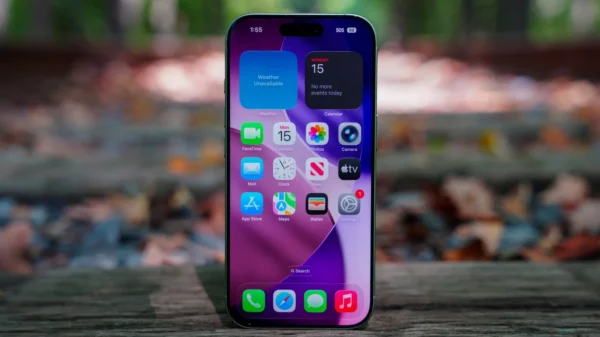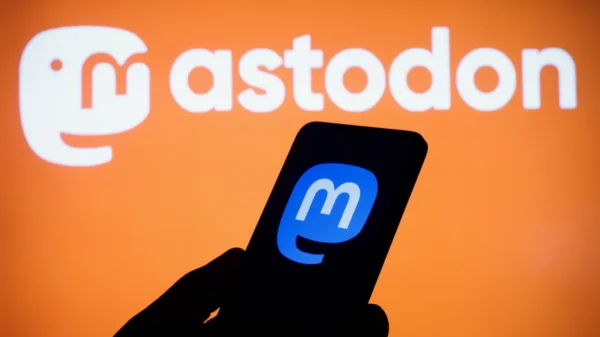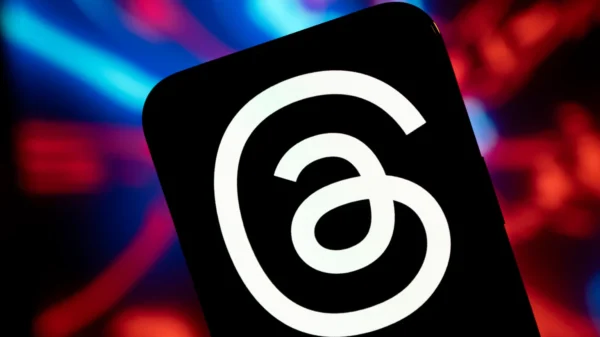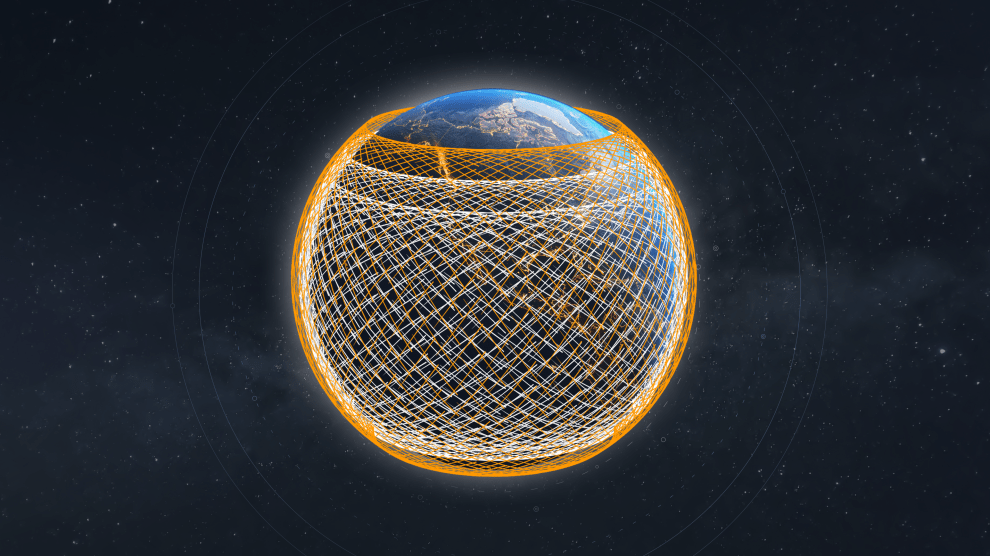According to a statement released by Amazon on Thursday, the firm said that its Project Kuiper has successfully verified a critical technology that would enhance throughput and reduce latency for consumers who use its satellite internet service.
This sort of optical communication is known as “optical inter-satellite links” (OISL), and it is a type of optical communication that uses infrared lasers to transmit data between spacecraft in orbit. As a means of facilitating communications between satellites, OISL has been available for some time; however, prior generations were restricted to joining just two spacecraft at a time using this technology. Satellites belonging to Kuiper will have the capability to establish connections with a large number of other spacecraft at the same time, forming a mesh network in space.
The capacity to transport data at a rate about thirty percent quicker than that of terrestrial fiber optical cables capable of transmitting data over an analogous distance is the most critical aspect of this mesh capability.
Amazon had to triumph over several obstacles to make this improved OISL available. When spacecraft travel at speeds of up to 15,534 miles per hour, with all of the accompanying orbital dynamics involved, the lasers must have a very narrow and exact beam to guarantee contact up to 1,616 miles away. The optics and control system that the business offers is said to be able to overcome all of these obstacles.
There is no doubt that the tests are impressive. Amazon claims to have finished various demonstrations of its OISL technology after the company launched the prototypes in October. During these demonstrations, the satellites maintained connectivity at 100 gigabits per second over more than 620 miles.
According to the business, the results of these tests assure that OISLs will be operational on our first production satellites, which are scheduled to launch in the first half of 2024. “These tests validated the final component of Project Kuiper’s advanced communications architecture,” the company stated.
This is the first time Amazon has disclosed the specifics of the upgraded OISL architecture; however, the company announced a month ago that it had validated all of the systems and subsystems installed on the two prototype satellites.
“With optical inter-satellite links across our satellite constellation, Project Kuiper will effectively operate as a mesh network in space,” Rajeev Badyal, the Vice President of Technology for Kuiper, said in a statement. “This system is designed in-house to optimize for speed, cost, and reliability, and the entire architecture has worked flawlessly from the very beginning,” the statement reads.
During the latter part of 2024, Amazon anticipates having a sufficient number of satellites installed to begin an early customer test program. There will be 3,236 satellites in low Earth orbit that will make up the whole constellation. According to the license that the business holds with the Federal Communications Commission of the United States, the constellation’s launch must occur by July 2029.
















































